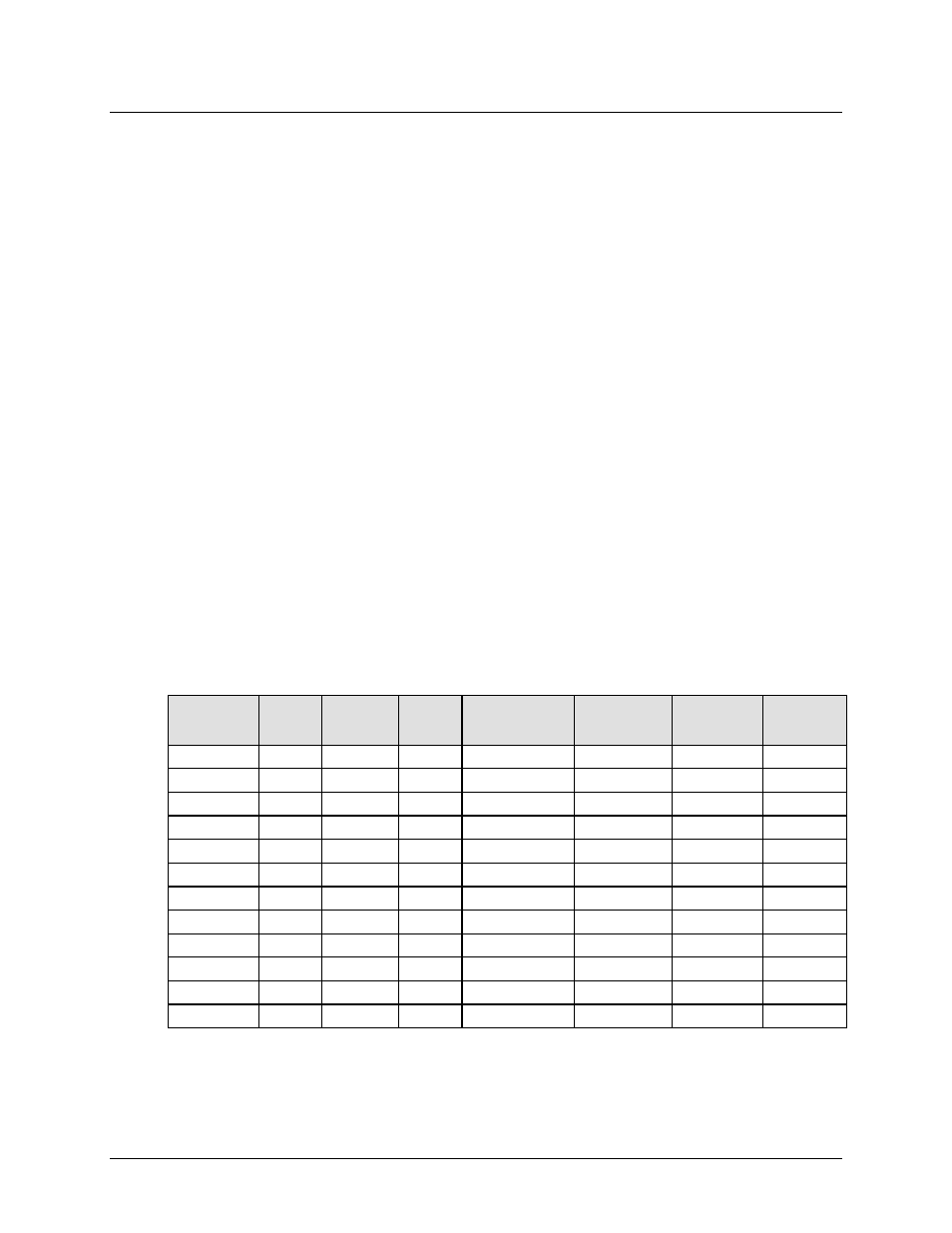8 versafec (short-block ldpc), 8 versafec, Short-block ldpc) – Comtech EF Data CDM-625 User Manual
Page 283

CDM-625 Advanced Satellite Modem
Revision 15
Forward Error Correction Options
MN-CDM625
7–11
7.8 VersaFEC
(Short-block LDPC)
VersaFEC is a system of short-block LDPC codes that have been designed as a low-latency
alternative to both Comtech’s existing LDPC codes, and to the system set forth in the DVB-S2
specification (EN 302307) ratified by ETSI.
Since the introduction of Comtech’s LDPC, considerable research has been carried out to find
ways to reduce the block size of LDPC (and hence its latency) while preserving the coding gain
performance very close to the Shannon bound.
The set of VersaFEC codes was developed with two distinct purposes:
1)
To provide an expanded choice of combinations of modulation and coding that maintain the
same coding gain performance as Comtech’s existing LDPC, while significantly reducing
latency. The existing LDPC approach (and DVB-S2 short-block) uses blocks that are 16 kbits
in length. VersaFEC, on the other hand, uses block sizes that vary between 2k and 8.2 kbits,
and at the same time reduces latency still further through a novel design approach.
2)
To provide combinations of modulation and coding (ModCods) that are suitable not only for
Constant Coding and Modulation (CCM) applications, but are also the basis for a patent-
pending Adaptive Coding and Modulation (ACM) system. The modulation types (BPSK, QPSK,
8-QAM and 16-QAM) and the code rates have been chosen to give a continuous progression
of performance in terms of both Eb/No and spectral efficiency – an essential aspect of a well-
engineered ACM system. There are 12 ModCods in the VersaFEC set. For a detailed discussion
on ACM, see Chapter 17. ADAPTIVE CODING AND MODULATION (ACM).
Table 7-9. The VersaFEC ModCod set
Modulation Code Rate
Spectral
efficiency,
bps/Hz
Block size,
bits
Typical
Eb/No, for
BER = 5 x 10
-8
Latency at
64 kbps, in
milliseconds
Min. Data
Rate,
CCM mode
Max. Data
Rate,
CCM mode
BPSK
0.488
0.49
2k
2.4 dB
26
18 kbps
5.7 Mbps
QPSK
0.533
1.07
4.1k
2.2 dB
53
20 kbps
10 Mbps
QPSK
0.631
1.26
4.1k
2.7 dB
59
23 kbps
10 Mbps
QPSK
0.706
1.41
4.1k
3.4 dB
62
26 kbps
10 Mbps
QPSK
0.803
1.61
4.1k
3.8 dB
66
28 kbps
12 Mbps
8-QAM
0.642
1.93
6.1k
4.6 dB
89
35 kbps
12 Mbps
8-QAM
0.711
2.13
6.1k
5.2 dB
93
39 kbps
12 Mbps
8-QAM
0.780
2.34
6.1k
5.6 dB
97
43 kbps
12 Mbps
16-QAM
0.731
2.93
8.2k
6.3 dB
125
53 kbps
12 Mbps
16-QAM
0.780
3.12
8.2k
7.0 dB
129
57 kbps
14 Mbps
16-QAM
0.829
3.32
8.2k
7.5 dB
131
60 kbps
14 Mbps
16-QAM
0.853
3.41
8.2k
8.0 dB
132
62 kbps
16 Mbps
As a comparison, looking at LDPC Rate 2/3 8-QAM and VersaFEC Rate 0.642 8-QAM essentially
identical spectral efficiency and Eb/No performance. However, at 64 kbps, the latency has been
reduced from 350 milliseconds to 89 milliseconds – a factor of 4 reduction.
